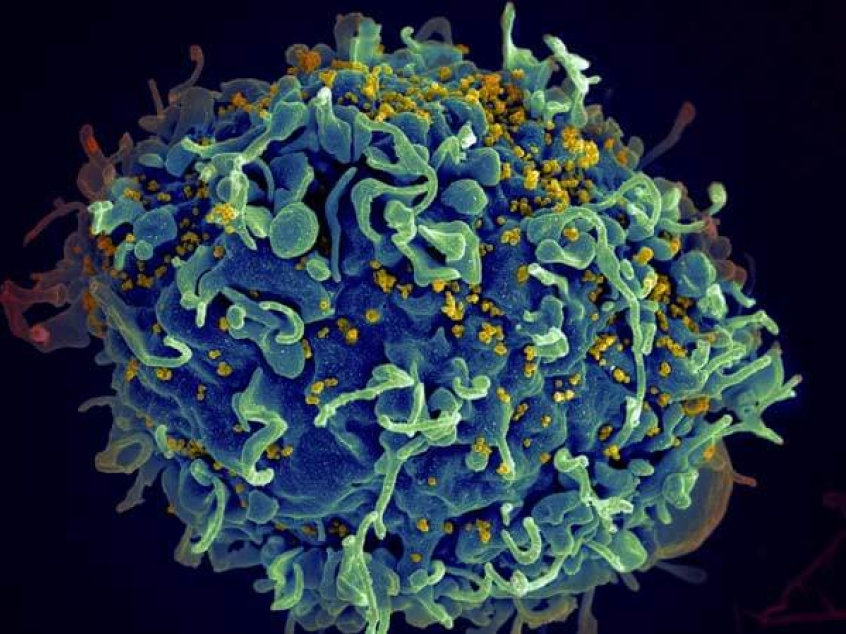
Another significant step toward the cure for human immunodeficiency virus (HIV) has been taken. Bionor, a biopharmaceutical company based in Norway, has announced that part B of its clinical trial called REDUC involving anti-HIV treatments, Vacc-4x and romidespin, showed promising results in targeting the virus.
According to the press release from the company, the trial has arrived at its endpoint showing how the two promising components managed to reduce the "latent HIV reservoir." At the same time, they were able to control the viral load of HIV-infected patients.
"I am very excited about the results announced today. The findings of the REDUC trial convey a clear and unequivocal message that it is highly relevant to further advance the combination of Vacc-4x and romidepsin in clinical development," Dr. David Horn Solomon, Bionor president and CEO said in his statement.
The clinical trial enlisted 20 patients and viral load data were taken from 17 patients, with only 16 of them finishing the trial.
In the press release, the company highlighted the results of the trial, which included a significant reduction of the latent HIV reservoir by 40 percent and the viral load maintained at undetected levels in 11 patients.
Both Vacc-4x and romidespin, when given together, were also found to be safe and well tolerated by the patients.
The company will be hosting a conference call yesterday, with Solomon presenting the trial results and conclusions.
Bionor's REDUC trial uses the "Kick and Kill" approach. As previously reported in PM Live, preliminary data presented during the 2014 AIDS congress revealed that romidespin — a cancer drug — stimulated the immune system response that "kicks" out the virus from hiding when tested on six patients.
However, now that part B of the trial has concluded, it's now known that immunizing the patients with Vacc-4x is shown to boost the response.
Full details of the trial results can be found in this link.













